
Water-hungry lawns are symbols of Los Angeles’ past. In this series, we spotlight yards with alternative, low-water landscaping built for the future.
The temperature was in the 90s in West Hills, but that didn’t deter an astonishing number of monarch butterflies, hummingbirds and bees from feeding on the California-friendly plants — sages, salvias and flowering milkweed — in Eric Augusztiny’s front yard.
Pollinators, however, aren’t the only ones who call the front yard home. “This is our buddy, Lizzy,” Augusztiny said with a smile as he and his wife, Lise Ransdell, greeted an enormous lizard who crawled out from under a large salvia ‘Desperado’ plant.
“It’s just a postage stamp suburban yard, but there’s a lot going on here,” Ransdell said of the yard’s abundant wildlife, which counts rabbits, skunks, raccoons and possums as visitors.
It wasn’t always like this. When Augusztiny purchased the home in 1996, the traditional yard looked like many others on his street with a Bermuda grass lawn, assorted shrubs and an apricot tree.
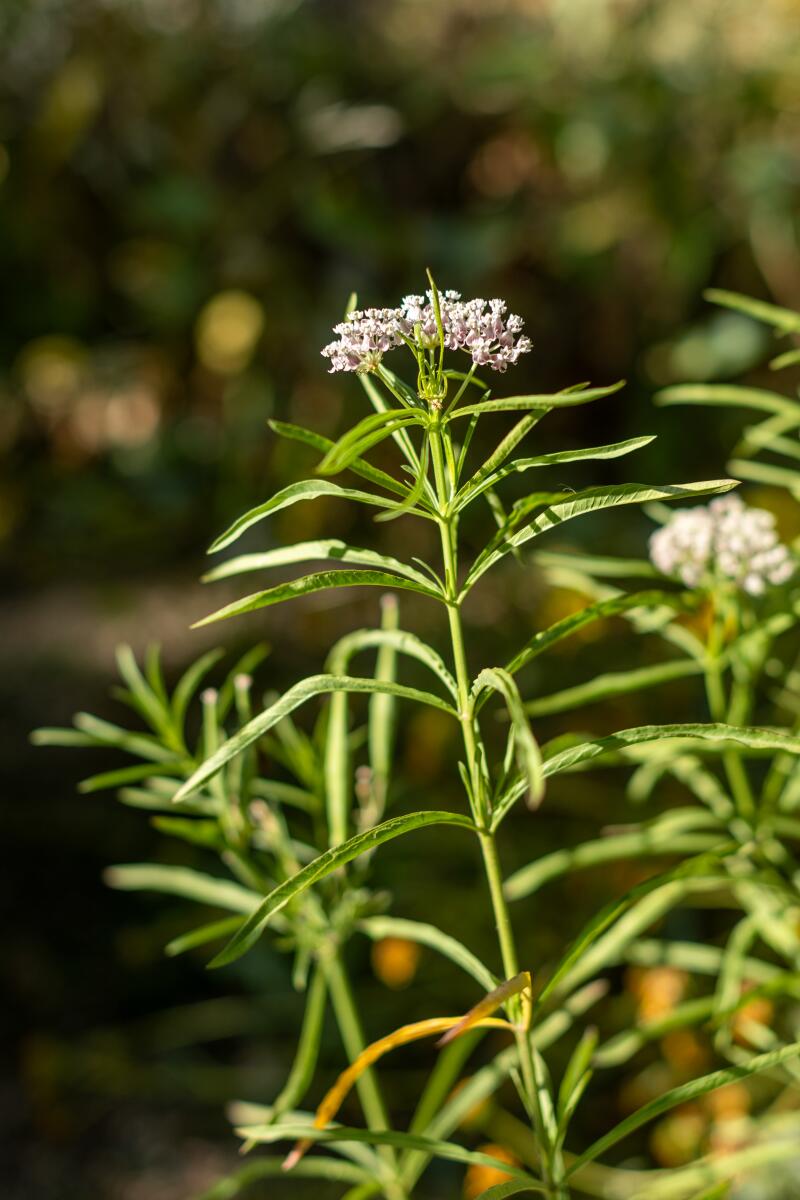
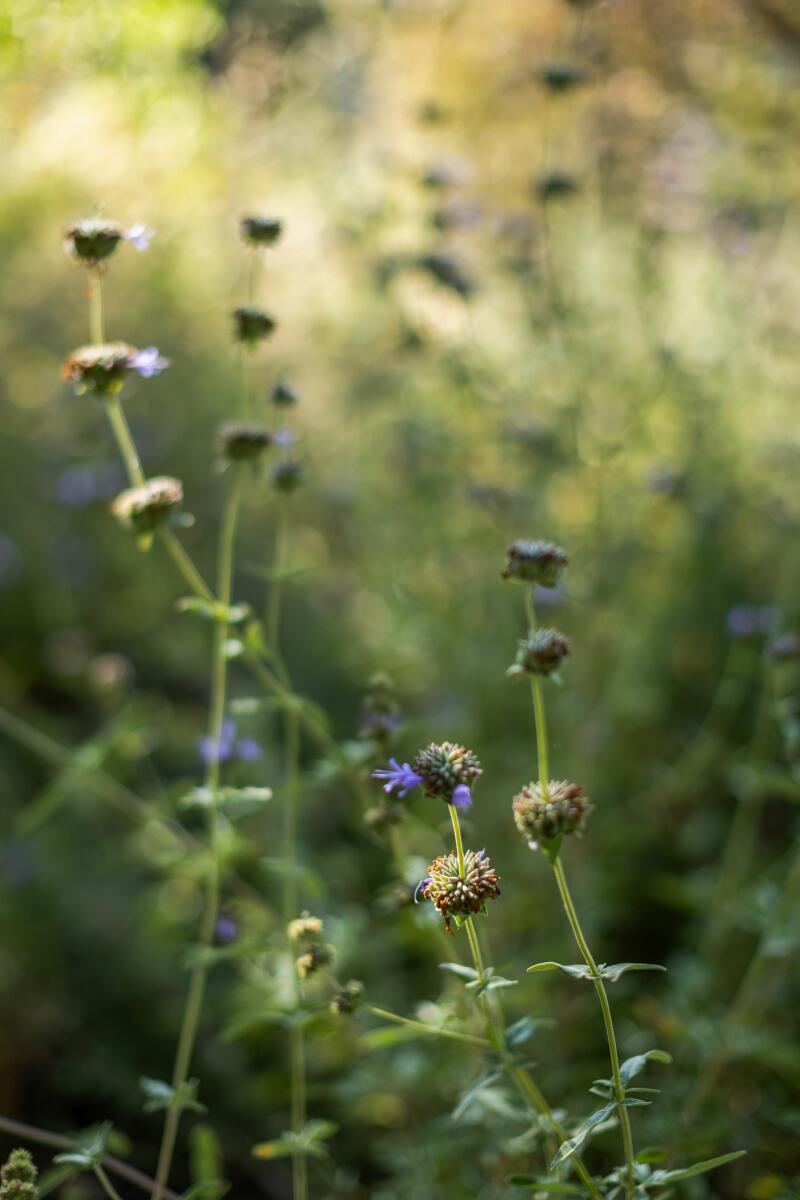
Milkweed, a favorite of monarch butterflies, left. Cleveland sage, Salvia clevelandii. (Myung J. Chun / Los Angeles Times)
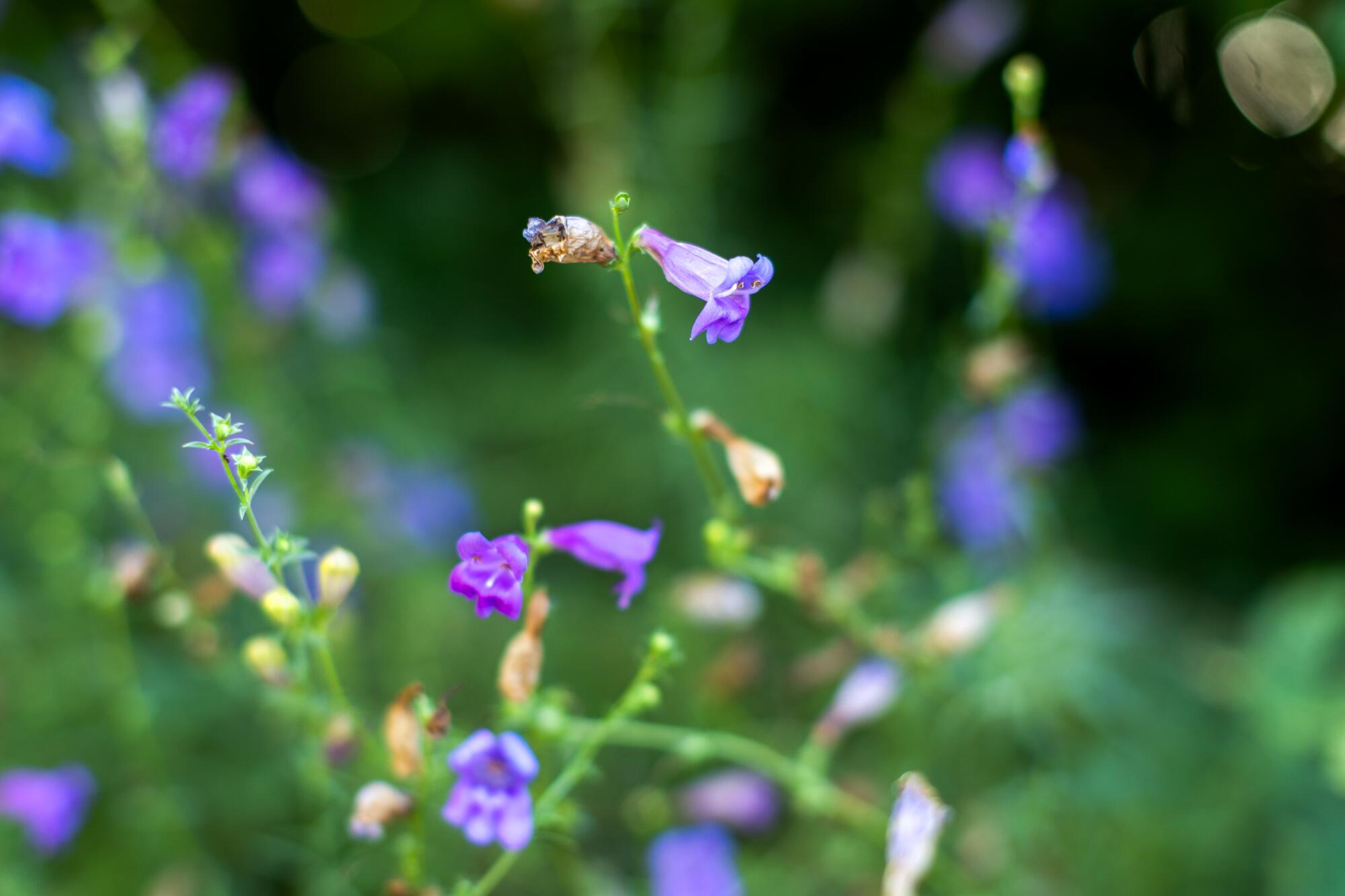
Yes, Augusztiny acknowledges, lawns have appeal, but not in his West Valley neighborhood where “concrete is the equivalent of a frying pan,” and sustaining thirsty turf in triple-digit heat is impossible. “Even if I wanted a lawn — and I don’t — you can’t keep one alive here,” he said, pointing to the brown lawns that border his tree-lined street.
“The garden goes dormant in the summer but doesn’t die. Drought-tolerant plants are survivors. The sugar bush, toyon, manzanita, coffee berry, ceanothus and hummingbird sage hold their vivid green color year-round. The California fuchsia blooms into the fall, and although the salvias’ spikes above the foliage die back after flowering, the structure and leaves remain vital.”
Besides mowing the lawn, Augusztiny was not much of a gardener before he purchased his home. “I knew how to reseed the lawn. Again and again,” he said with a laugh. So he decided to learn all he could about removing his lawn, building healthy soil and replacing it with a drought-tolerant alternative.
He started by attending a demonstration on lasagna mulching led by artist-in-residence and horticulturist Leigh Adams at the Los Angeles County Arboretum’s Crescent Farm. The class inspired Augusztiny, who then checked out books on California native plants from the Los Angeles Public Library and attended a hands-on workshop at the Metropolitan Water District of Southern California Field Office.
When the couple remodeled their home in 2018, they decided it was a good time to remove the lawn. The LADWP’s lawn conversion program — which currently pays $5 per square foot to remove turf and replace it with low-water landscapes — was an incentive but not the primary driving force. “I wasn’t in it for the money,” Augusztiny said of the $2,000 rebate they received then, “but it helped cover the cost.”
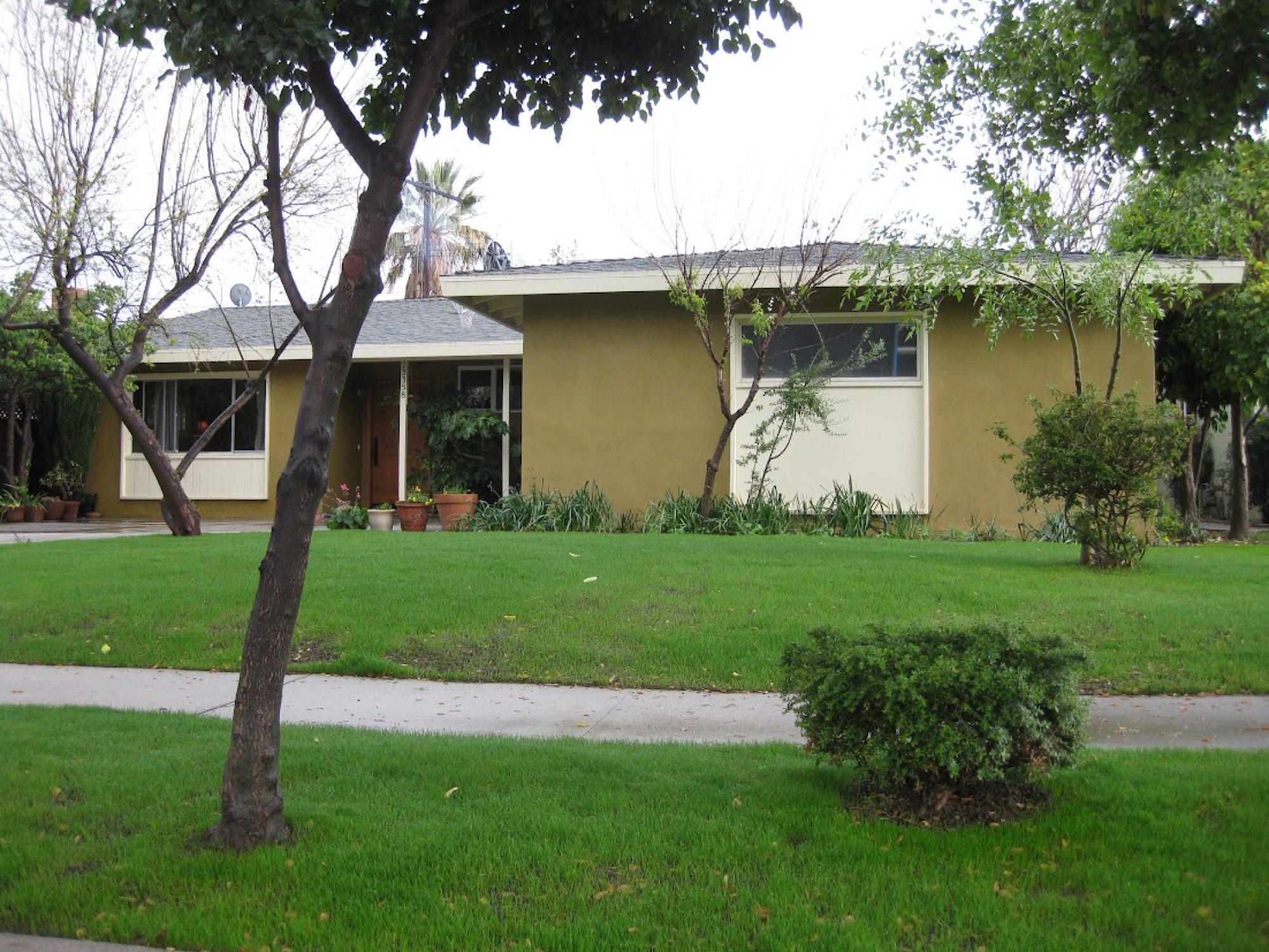
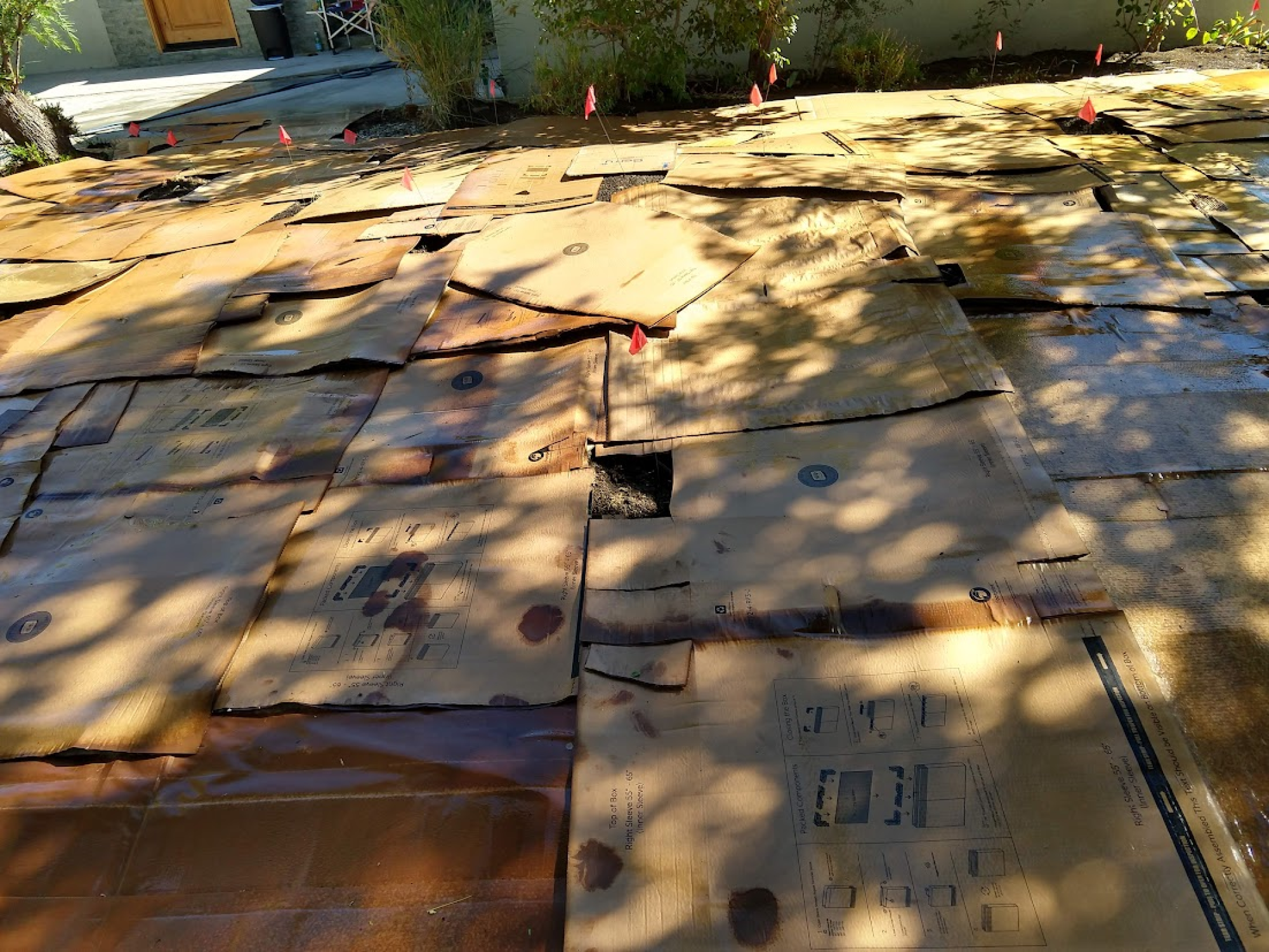
Suitably educated, Augusztiny decided to tear out his lawn and plant a low-water substitute himself. Just don’t call him a designer. “It was a process of figuring out a simple design, getting the drip system in and putting down the cardboard,” Augusztiny said of the process known as sheet mulching, where the cardboard is wetted down and covered with 3 inches of mulch.
When he smothered his lawn with cardboard, his neighbors often asked him what he was doing. “I told them I was getting rid of the Bermuda grass,” he recalled. “They all told me, ‘Good luck with that.’”
Taking classes offered Augusztiny some revelations as he planned his garden. He followed Adams’s suggestion to “paint with wildflowers” and scattered wildflower seeds on top of established plants. He planted hummingbird sage after he read that it grows well in the shade of oak trees. Concerned about the depletion of Western monarch butterflies due to habitat loss, he felt it was important to plant Narrow-leaf milkweed (Asclepias fascicularis). “They have since shown up in droves,” he said.
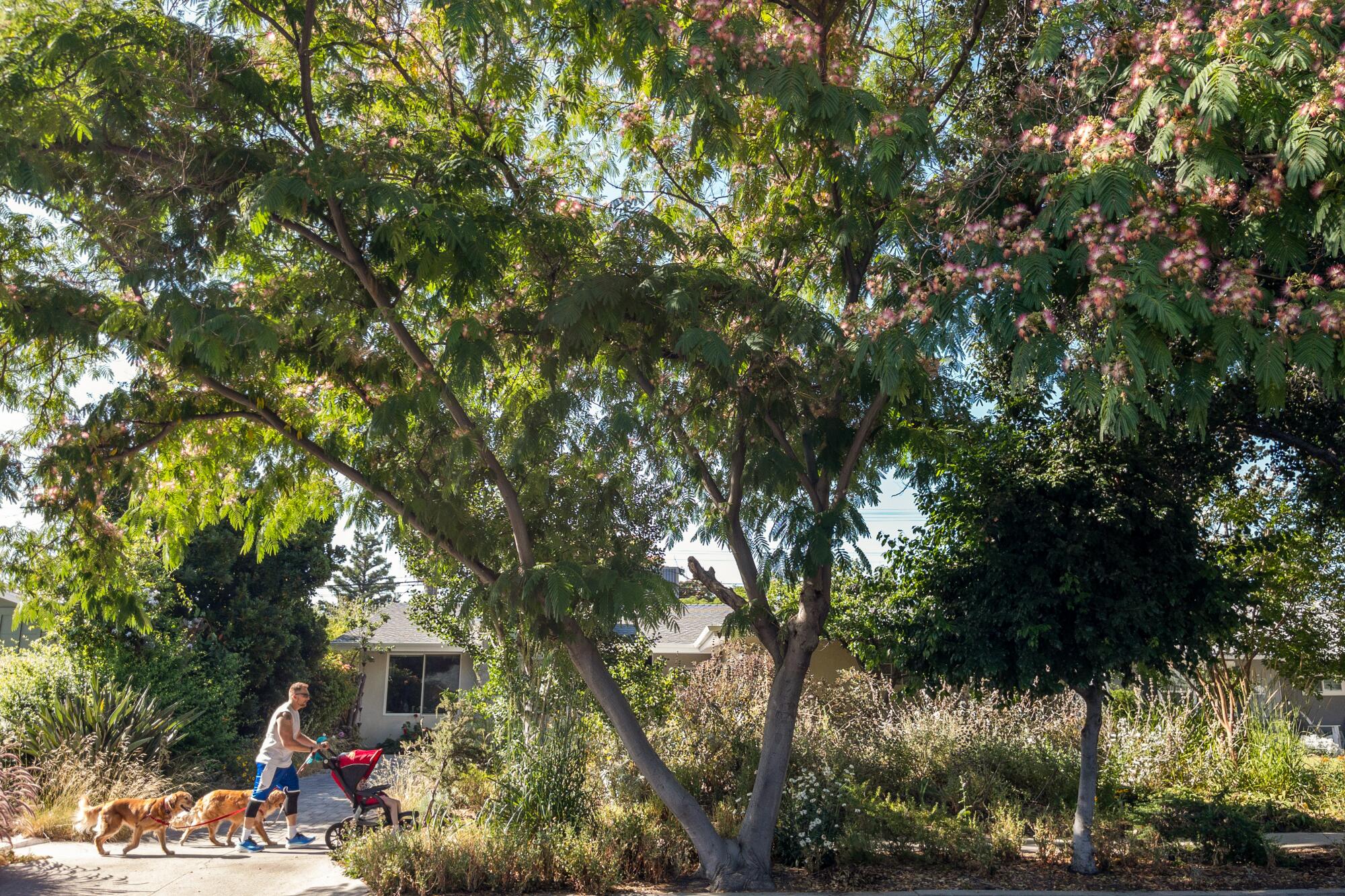
Regarding plants, Augusztiny made treks to native plant nurseries all over Los Angeles, including the California Botanic Garden in Claremont, Theodore Payne Foundation in Sunland and Pierce College in Woodland Hills. “Now, I have to stop because I’m generating my plants from harvesting the seeds and taking cuttings,” he said. “You can generate and regenerate the garden.” He even picked up free animal waste from the Los Angeles Zoo (known as “zoo doo”) at the Griffith Park Composting Facility.
He admits he killed some native plants initially because he overwatered them in the summer. That ended when he took a three-month hands-on course in native garden maintenance with Antonio Sanchez of the Santa Monica Mountains Fund in 2022. “I learned that drought-tolerant plants strengthen during the rainy season to ride out the dry season,” he said. He stopped drowning plants in the summer because he thought they were thirsty.
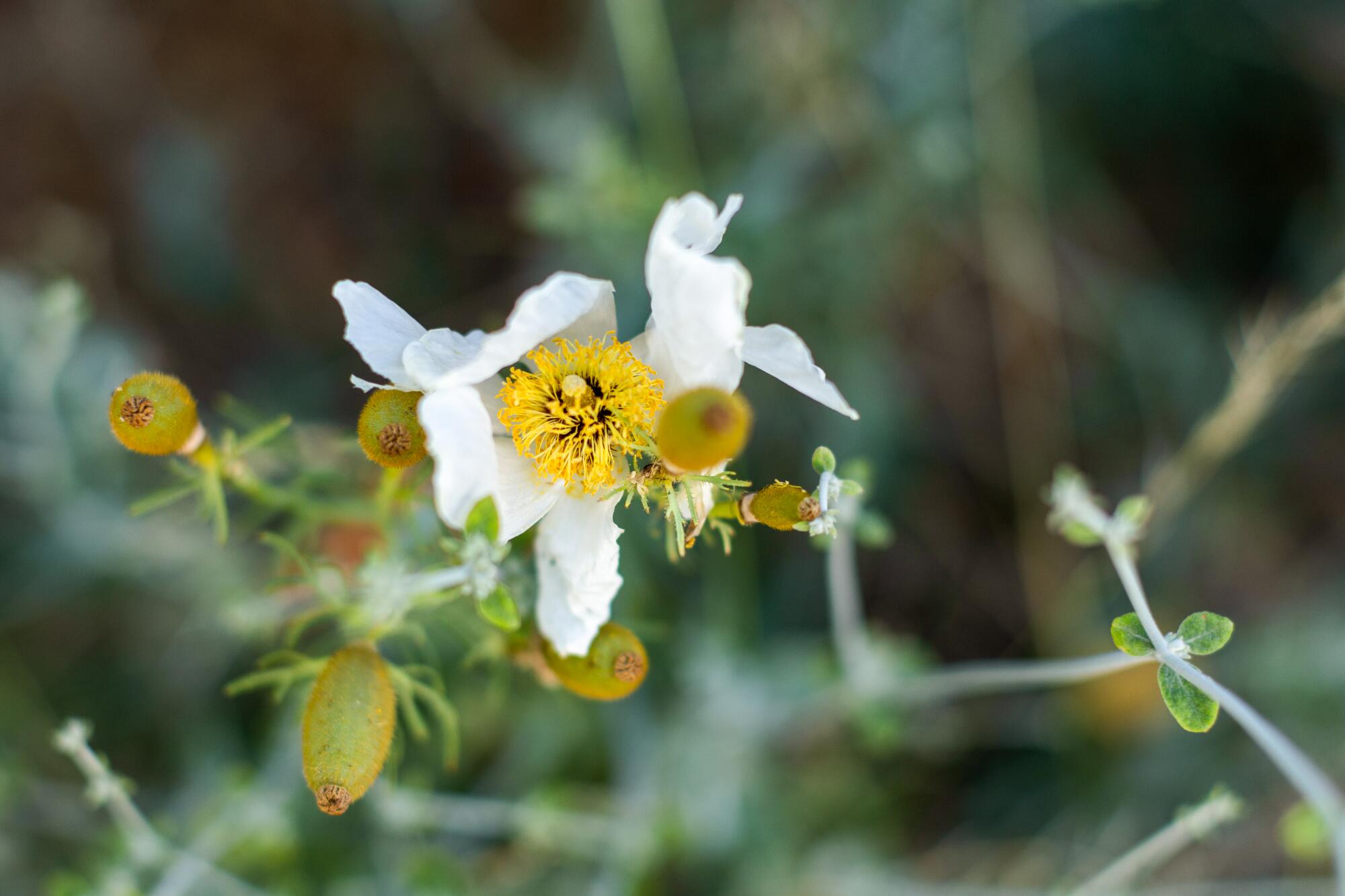
After six years, Augusztiny thinks Adams’ “sleep, creep, leap” mantra has finally materialized. “She told us the plantings would sleep the first year, creep the second and then leap in the third,” he explained. “Ah, but with only 11.5 inches from 2020-2022, the garden wasn’t moving.”
Fast-forward two years. After two years of record rainfall in Los Angeles, the California native habitat has overwhelmed the front yard.
“I hate to steal a title from a Hollywood film,” said the actor, “but suddenly it was everything, everywhere all at once.”
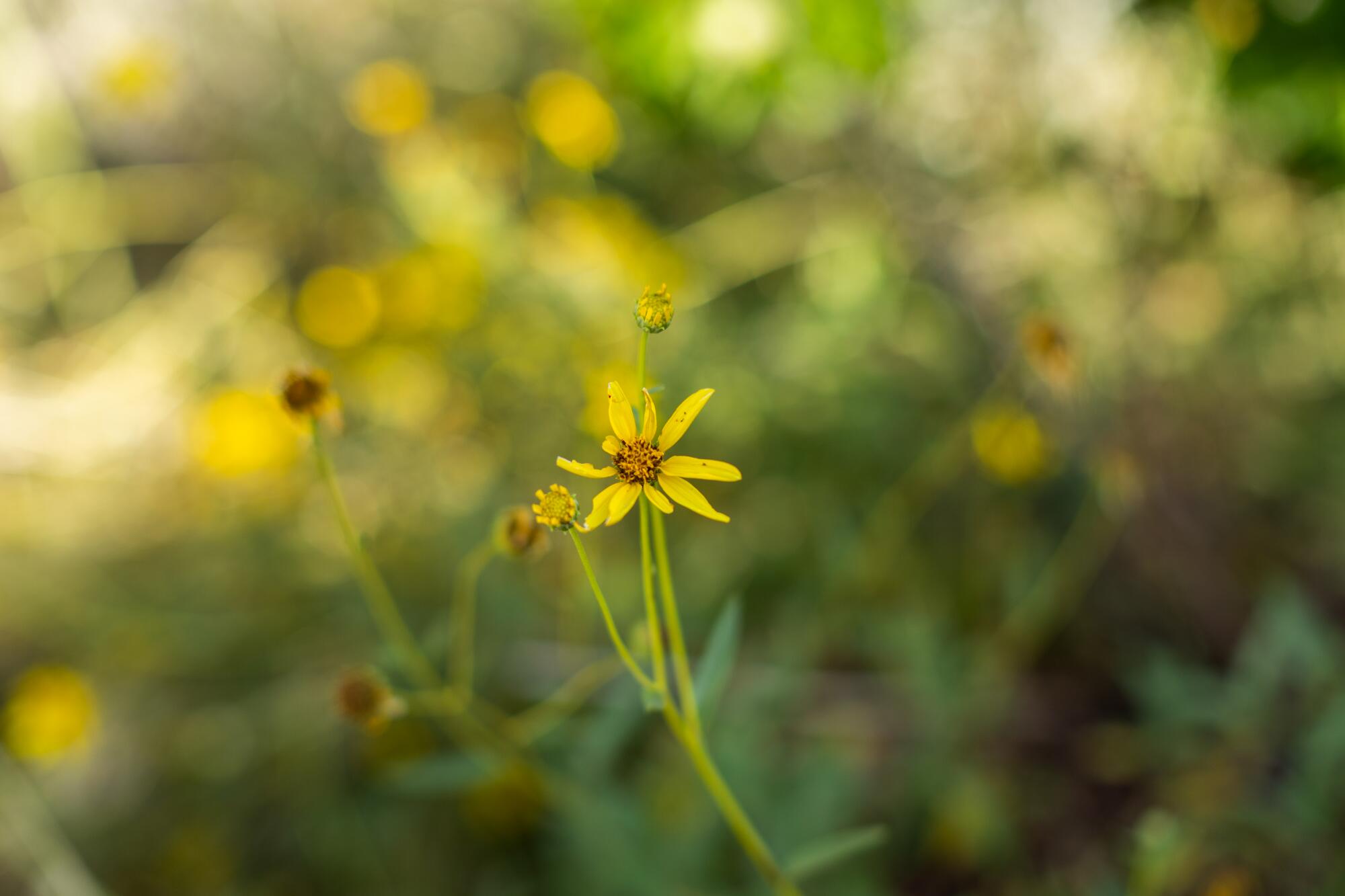
The garden is wild and colorful with a heavenly fragrance attributed to the exploding sages — Cleveland (Salvia clevelandii), hummingbird (Salvia spathacea) and white (Salvia apiana) — along with colorful wildflowers like the fire-resistant California fuchsia (Epilobium canum) and purple Foothill penstemon (Penstemon heterophyllus).
Although many of the larger drought-tolerant plants are planted away from the street, some, such as bigberry manzanita (Arctostaphylos glauca), are dwarfed by California buckeye (Aesculus californica), coffeeberry (Frangula californica) and sugar bush (Rhus ovata).
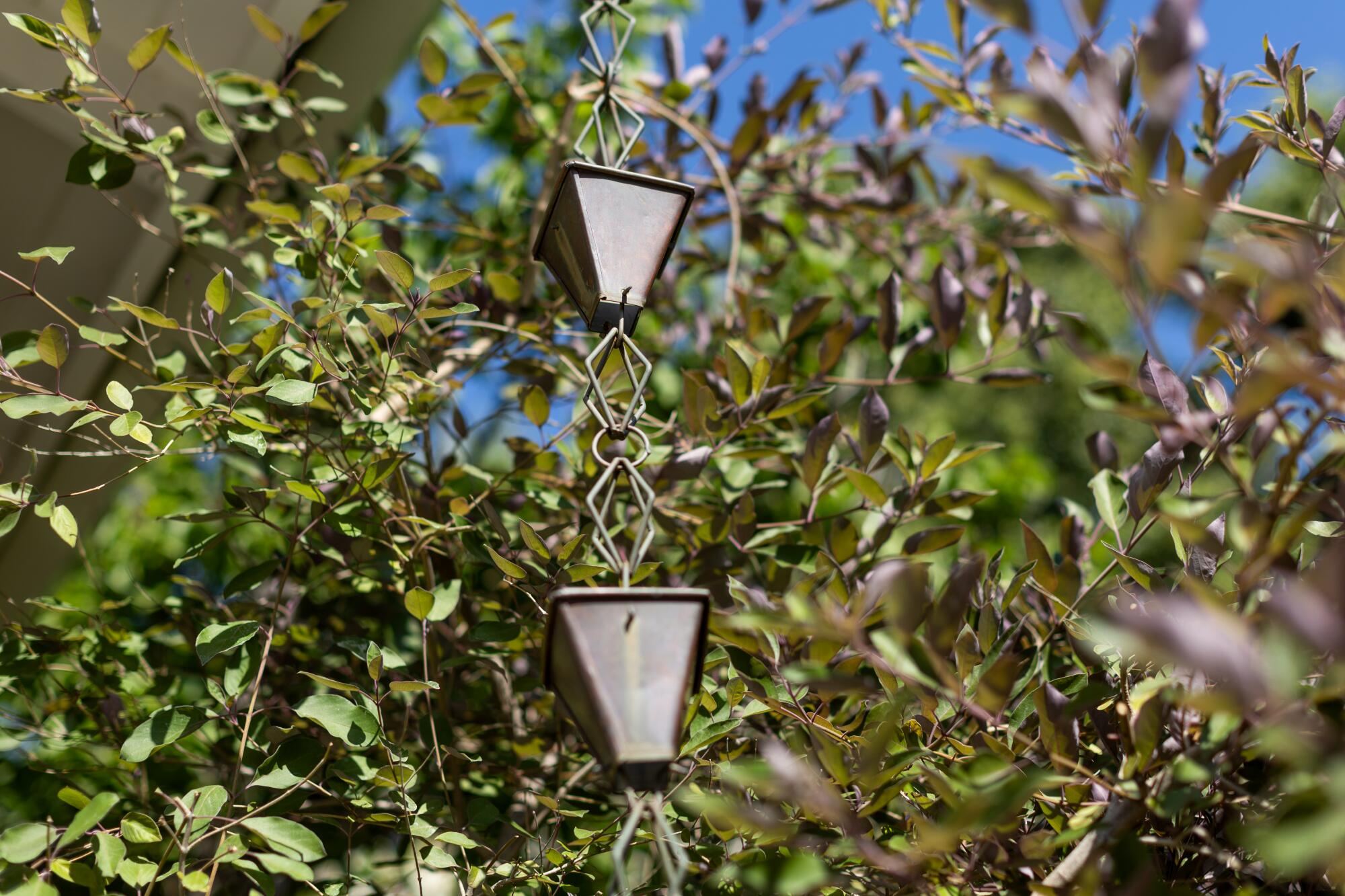
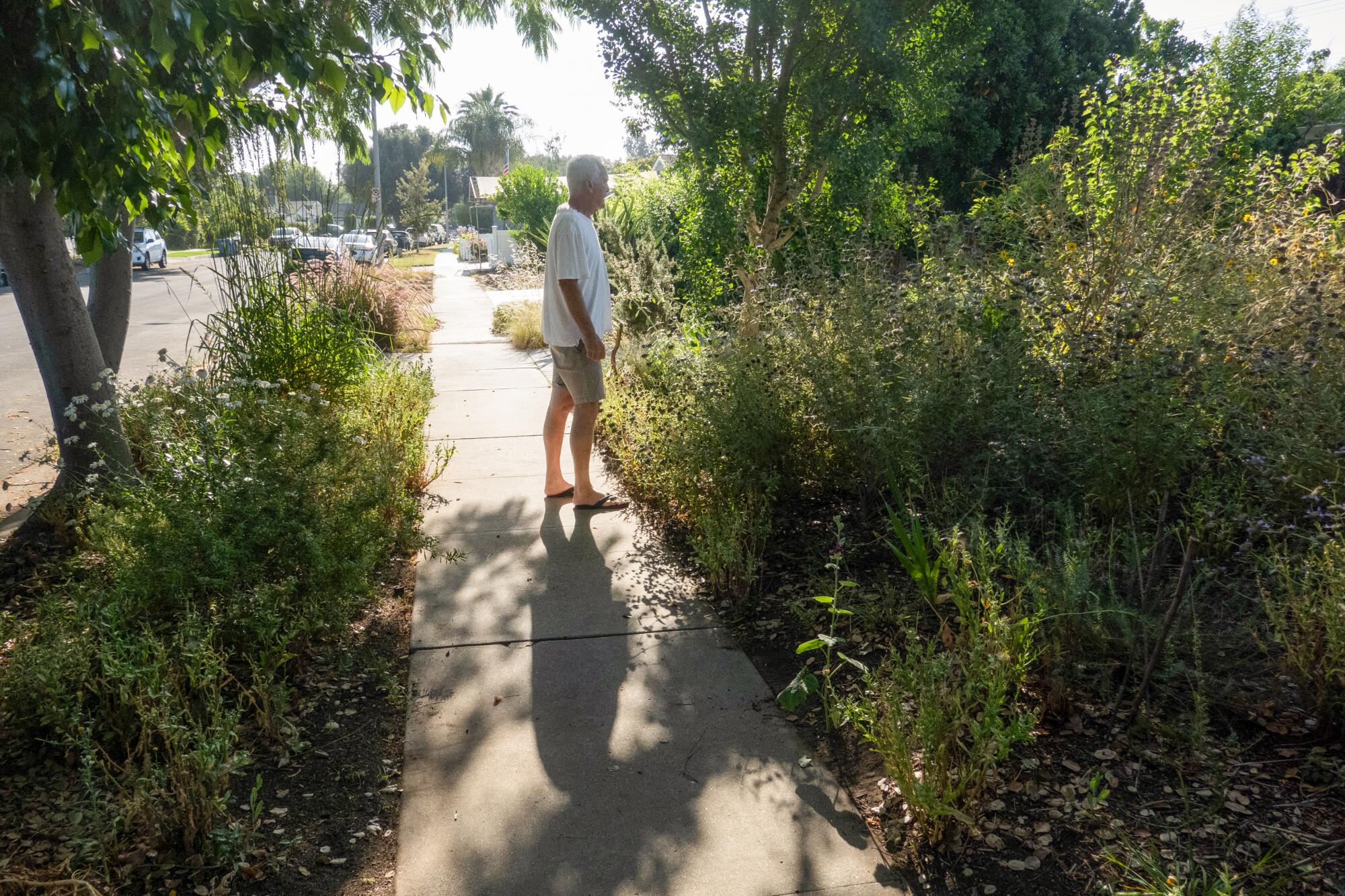
No longer a gardening novice, the Seattle native passionately advocates the “need to do our small part to help stem climate change.” He thinks creating a native habitat in his front yard and installing rain barrels and a permeable driveway in the face of record-breaking heat waves is a good place to start.
“I enjoy nature, and Los Angeles has it all,” he said. “I’m not a purist when it comes to plants. I like to refer to them as climate-appropriate. But the more blacktops we can eliminate and the less stormwater runoff there is, the better our water quality and lives will be.”
Now, when neighbors walk their kids to school, they don’t ask him what he’s doing in his front yard. “They compliment the garden,” said Augusztiny, who waters twice a month. “The garden is not just for me. It’s for everyone.”
Plants in this garden
Arabian lilac (Vitex trifolia)
Coffee berry (Frangula californica)
Sugar bush (Rhus ovata)
Cleveland sage (Salvia clevelandii)
Narrow leaf milkweed (Asclepias fascicularis)
Black sage (Salvia mellafera)
White sage (Salvia apiana)
Purple sage (Salvia leucophylla)
Bigberry manzanita (Arctostaphylos glauca)
Palmer’s abutilon (Abutilon palmeri)
Desperado sage (Salvia desperado)
Penstemon heterophyllus ‘Margarita BOP’
California fuchsia (Epilobium canum)
Purple needle grass (Nassella pulchra)
Australian emu bush (Eremophila glabra)
Snow berry (Symphoricarpos mollis)
California buckwheat (Eriogonum fasciculatum)
Hummingbird sage (Salvia spathacea ‘Las Pilitas’)
Nuttall’s sunflower (Helianthus nuttallii)
Giant wildrye (Elymus condensatus)
Toyon ( Heteromeles arbutifolia )
Dudleya abramsii
Coulter’s Matilija poppy (Romneya coulteri)
Ceanothus griseus var. horizontalis ‘Yankee Point’
Fiesta Marigold monkeyflower (Mimulus ‘Fiesta Marigold)
Mimulus (Diplacus) ‘Fiesta Marigold’
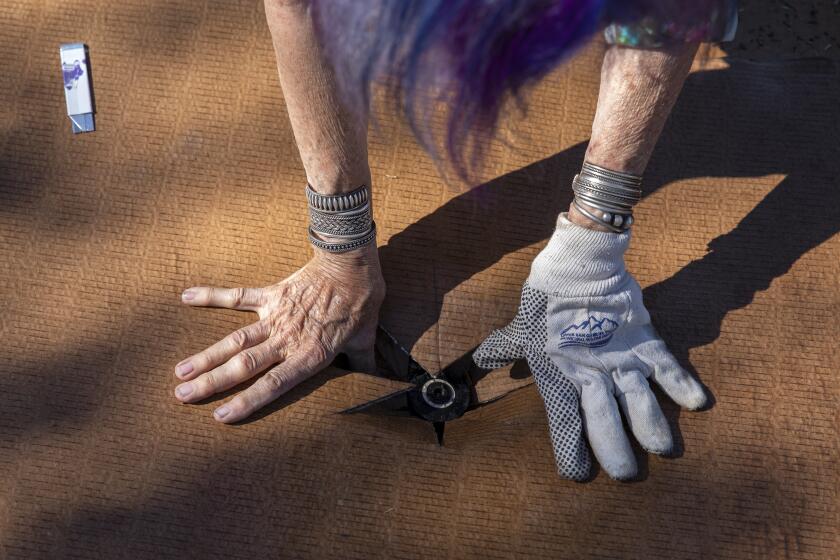
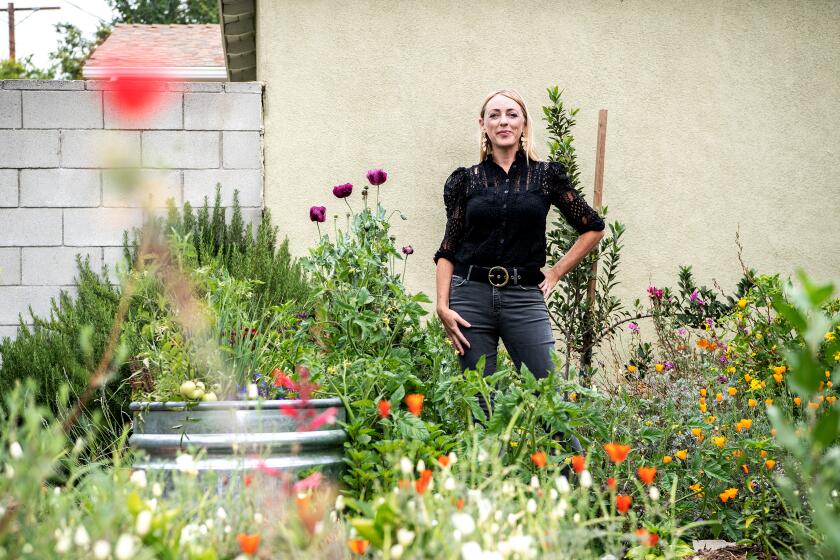

No comments:
Post a Comment